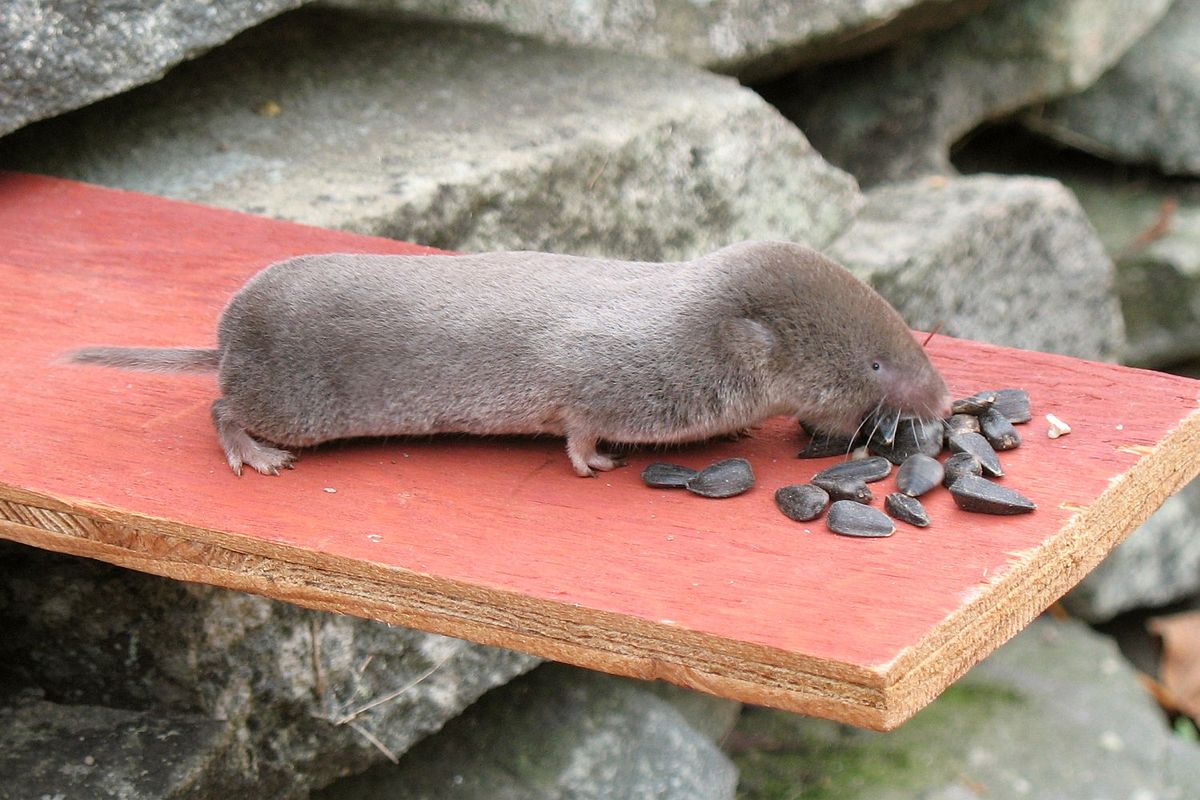Scientists have found a new virus in Alabama that belongs to a dangerous family of viruses never before seen in North America. The virus, named Camp Hill virus, lives in small mouse-like animals called shrews that are common across the US and Canada.
Dr. Rhys Parry from the University of Queensland explains, “The discovery of a henipavirus in North America is highly significant, as it suggests these viruses may be more globally distributed than previously thought.” His team found the virus while studying shrews in Alabama. The Camp Hill virus is related to two deadly viruses – Hendra and Nipah. These viruses have killed many people in Australia and parts of Asia.
The numbers tell a scary story. When people catch the Hendra virus, 70 out of 100 die. The Nipah virus kills between 40 and 75 out of every 100 people it infects in countries like Malaysia and Bangladesh.
Scientists are studying how these viruses spread. In China, a similar virus called Langya has already jumped from shrews to humans. “The closest known henipavirus to Camp Hill virus that has caused disease in humans is Langya virus, which crossed from shrews to humans in China,” Dr. Parry explains. “This indicates that shrew-to-human transmission can occur.” Since shrews live all over North America, scientists need to learn more about whether this new virus could be dangerous to humans.
Similar Posts
Dr. Ariel Isaacs and her team are working on ways to protect people. “The next step for this work is to characterize key surface proteins on the virus that are involved in cell entry to broaden our understanding of the virus family and identify better ways to protect against it,” says Dr. Isaacs.
The research involved collaboration between the University of Queensland, Auburn University, and the University of Rochester. Their findings appear in the journal Emerging Infectious Diseases.
This discovery shows that dangerous viruses can appear in unexpected places. Scientists will keep watching and studying to protect public health.

















